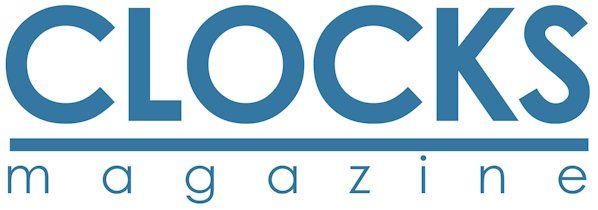There are numerous features to look at when trying to determine the age of a clock. First of all, what kind of clock is it? Different types of clock were made during different horological periods. Suppose, for example, you have a marquetry longcase, or 'grandfather', clock by Edward Stanton of London. By definition, therefore, no longcase clock can date from prior to that period. We know that longcase clocks made their first appearance in the 1660s and remained popular until the mid Victorian period. thus our longcase clock must have been made 200-odd year period between 1660 and, say, 1875. To narrow things down a little further, we know that marquetry, for example, enjoyed popularity with furniture (and clock) makers between 1675 and 1725 so if our clock is genuine it must date from that 50-year period. The maker, Edward Stanton was born in 1662 and died in 1707 so the clock must have been made between 1675 and 1707. Then there may be stylistic features which allow us to narrow the date of our clock down even further.
As a starting point to dating your particular clock, you would be well advised to consult our horological chronology. This gives basic dating information concerning when particular styles of clock and design features made their appearance and were fashionable.
As indicated above, one of the most effective ways of dating an antique clock is to find out when the maker whose name is, more often than not, on the face of 'dial'. You might therefore consider consulting our online index for a maker of that name. If he (or occasionally she) has been written about in Clocks Magazine there will be an entry in the index and it may still be possible to buy the back issue in which the maker's name appeared.
But beware. The clockmaker named on the dial is not always the maker of the clock. Many clocks are 'marriages', made up of parts - movement, dial, hands, case etc - of different clocks, put together decades or even centuries later. Also, in later years, the name on the dial may be that of the retailer rather than the maker.
In conclusion, dating can be a difficult art. The more you know about clocks and their history the more accurately you will be able to date your clock. The best advice of all, therefore, is to read around the subject, familiarise yourself with clock styles, then you will be able to make a better estimate as to the age and originality of your clock - and other clocks.
|

